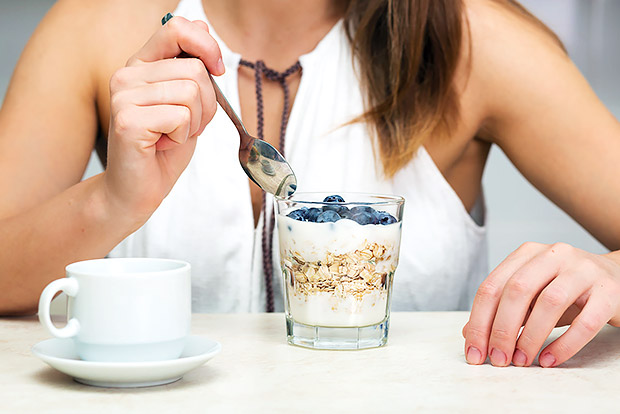
Use smaller dishes.
Grabbing a smaller plate or bowl may seem like a small change, but it can make a big difference in how much food you serve yourself. Research shows that larger bowls can cause us to take as much as 30 percent more food! Smaller plates require less food to fill and make portions appear larger, which leads to eating fewer calories without feeling deprived.
Put foods away.
Storing foods on the countertop in plain view can trigger cravings. Just seeing a bag of chips can make you hungry, and resisting when they are within easy reach is difficult. If you have these foods in the house, keep them in a closed cabinet out of view to reduce mindless snacking.
Use measuring tools as serving utensils.
Use a measuring cup to portion out foods like beans, soups, pasta sauces, and stews. Use measuring spoons to scoop out nut butter or condiments such as salad dressing. This small change will reveal exactly how much food you are eating.
Slow down.
Set down your fork between bites, chew slowly, and keep your focus on the food you are enjoying. Slowing down allows you to eat more mindfully, which helps you feel more satisfied. As a result, it will be easier to recognize when you feel full.
Stay at the table.
Distracted eating leads to overeating. Even if you are eating a healthy meal, doing so in front of a television screen causes you to lose sight of your body’s cues for hunger and fullness. Improving your relationship with food requires you to remove distractions so you can truly enjoy your food.
Buy singles.
Cravings are part of a normal, healthy lifestyle. When and how you indulge is what controls whether these cravings have a negative influence on your health. A box of cookies will still be around after you have had one or two to satisfy your craving. It’s better to enjoy a treat and remove the temptation than to deprive yourself and binge later. Buy a single cookie or donut at the bakery and single-serving bags of chips to reduce the chance that you will overdo it.
Reduce convenience foods.
When the foods you eat require some work, they slow you down and keep you focused. Cook more often and buy snacks that need to be shelled or peeled, such as nuts, seeds, and fruits. It takes longer, but the investment will be worth reaching your fitness goals.
Stay hydrated.
Thirst is often mistaken for hunger. Drinking plenty of water and calorie-free beverages can help you feel full and eat less.
Additional Reading



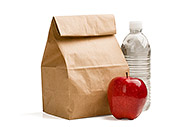 3 Healthy Lunches for Your Work Week
3 Healthy Lunches for Your Work Week
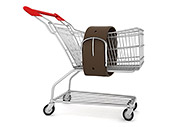 5 Tips for Stretching Your Budget for Healthy Food
5 Tips for Stretching Your Budget for Healthy Food
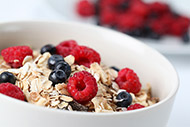 Best Ways to Reduce Added Sugar
Best Ways to Reduce Added Sugar
 Healthy Tips to Lighten Up Picnic Foods
Healthy Tips to Lighten Up Picnic Foods
 Do You Need to Drink Milk?
Do You Need to Drink Milk?
 Tips to Keep Track of Water Intake
Tips to Keep Track of Water Intake
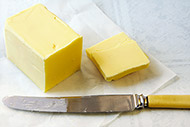 Butter vs. Margarine: What’s the Best Choice?
Butter vs. Margarine: What’s the Best Choice?
 7 Good Mood Foods
7 Good Mood Foods

 Pinterest
Pinterest RSS Feed
RSS Feed